In the 1970s, a fifth-grade student had just finished a fine-art class at a primary school in Dongtai, Jiangsu. His earnest attempt at depicting a path in front of his home demonstrated a talent that surprised his teacher. That student was Wu Weishan, who is now a renowned sculptor and director of the National Art Museum of China.
52:04
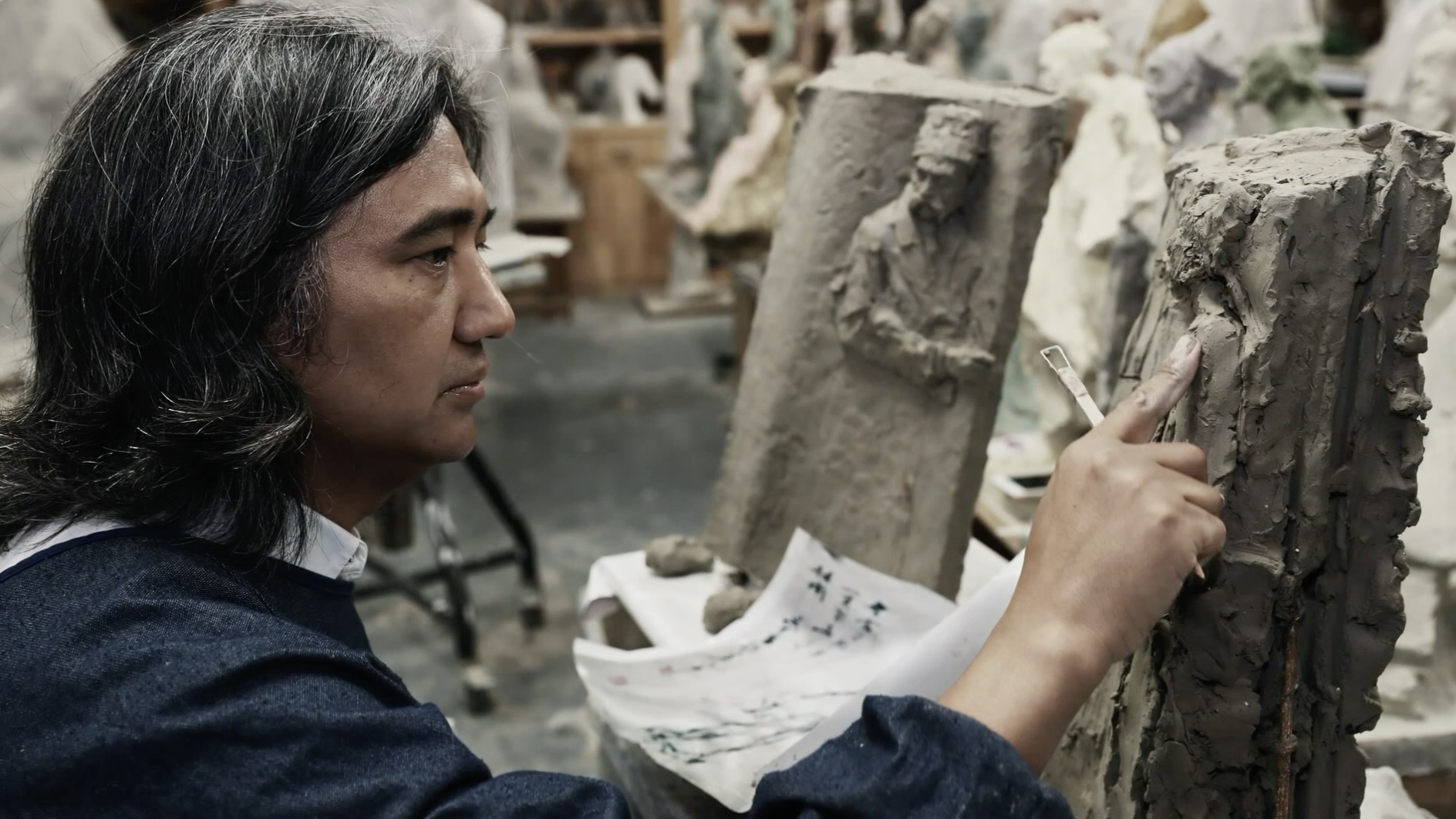
Born to a scholarly household in Dongtai, Wu developed a deep passion for painting and calligraphy at an early age. As a fifth-grade student, he began to learn how to draw and paint. He was also called upon to paint slogans and cartoons on streets promoting various activities in his town. "I liked to draw the farmers in town and from nearby villages. While drawing my pictures, I didn’t see them as models for practice, but rather as people who I could communicate and empathize with. In their faces and expressions, I could sense the pulses of life," Wu recalled.
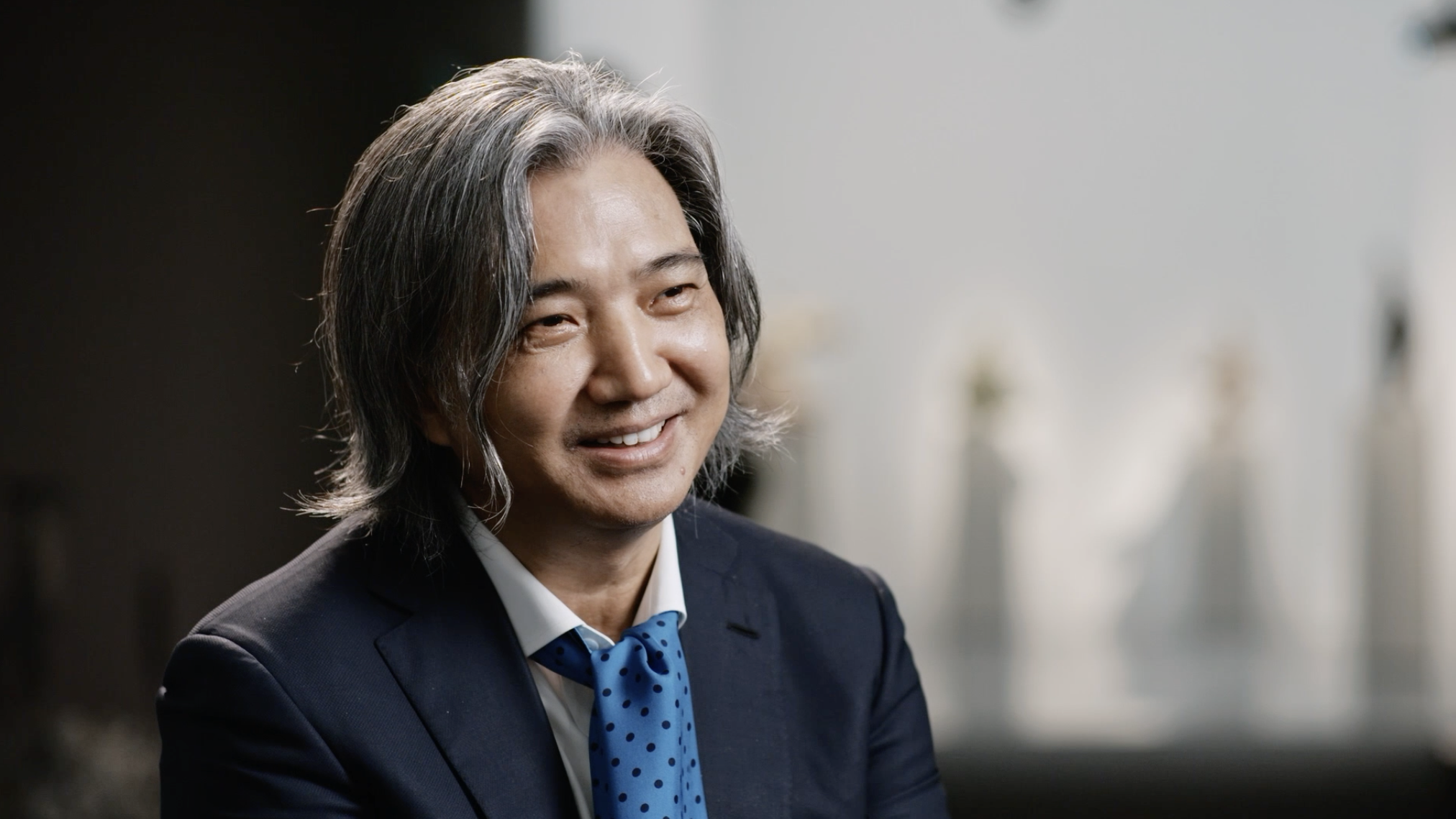
Chinese sculptor Wu Weishan /CGTN
Chinese sculptor Wu Weishan /CGTN
In 1979, Wu left his hometown and arrived at Wuxi Arts and Crafts College, where he prepared for his future as a sculptor. Later, after much effort, Wu earned his entry to the Fine Arts Department at Nanjing Normal University, majoring in oil painting.
In 1991, he created a large oil painting titled "Season of Harvest," which won widespread critical acclaim. He was later greeted by a life-changing opportunity. Lin Changwu, the eldest son of the renowned calligrapher Lin Sanzhi, invited Wu to create a statue of the late master in a cursive style so that it could be displayed at the Lin Sanzhi Memorial Hall.
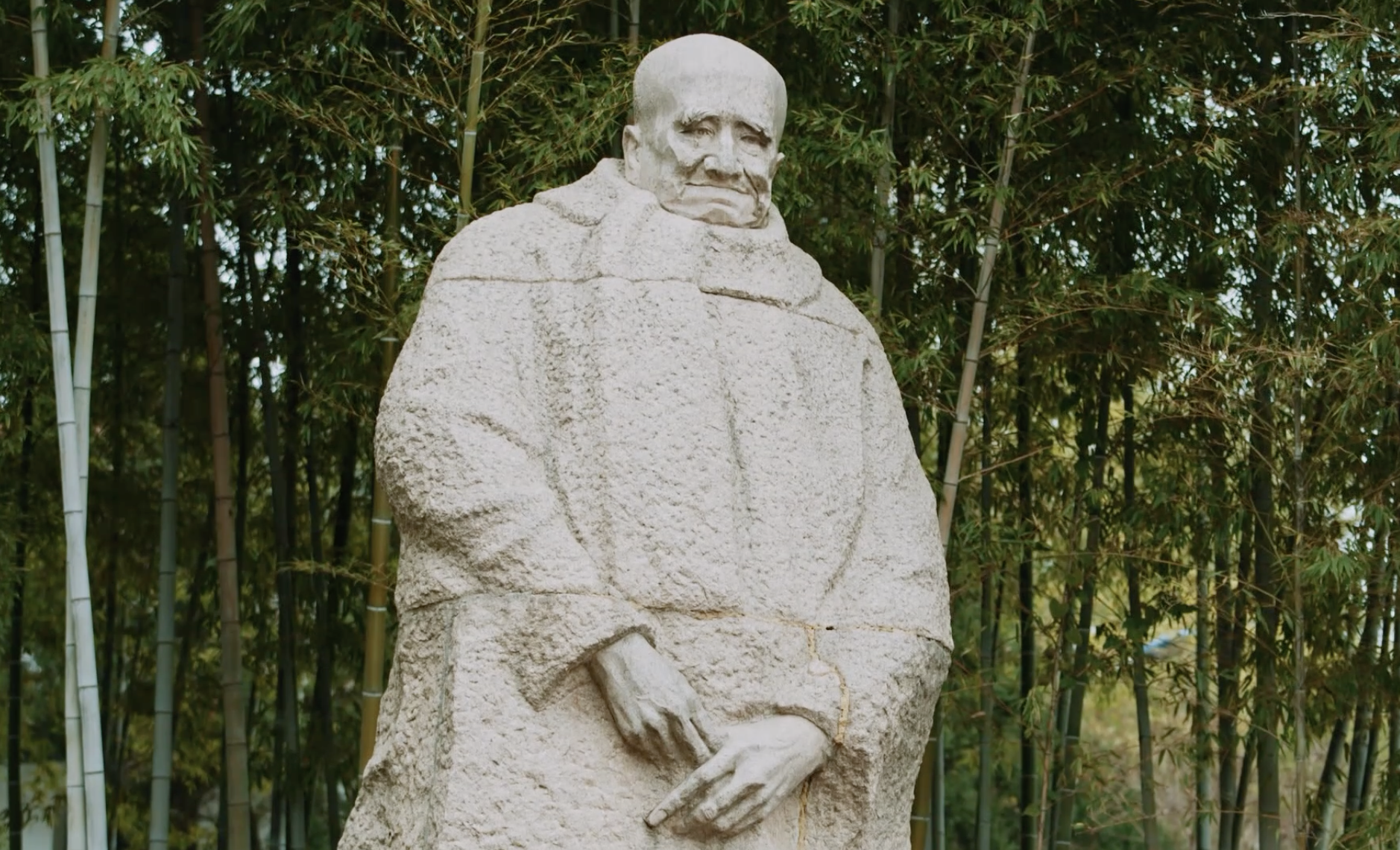
Details of the statue of calligrapher Lin Sanzhi by Wu Weishan /CGTN
Details of the statue of calligrapher Lin Sanzhi by Wu Weishan /CGTN
A year later, Wu completed his first sculpture portraying a Chinese cultural icon. In the statue of Lin Sanzhi, Wu captured the spirit of the calligrapher in the depiction of his wave-like eyebrows, rugged and angular lips, and outsized earlobes. Applauding his achievement, critics noted how Wu had reproduced the otherworldly spirituality of the calligraphy master.
The sculpture's success turned Wu's mind to his social responsibility as an artist. Living in a society being transformed by the rapid expansion of a market economy, Wu realized a nation's rise would also require spiritual as well as material resources. He decided to create likenesses of iconic figures from Chinese culture and used the medium of sculpture to "resurrect" those outstanding individuals from the annals of history.
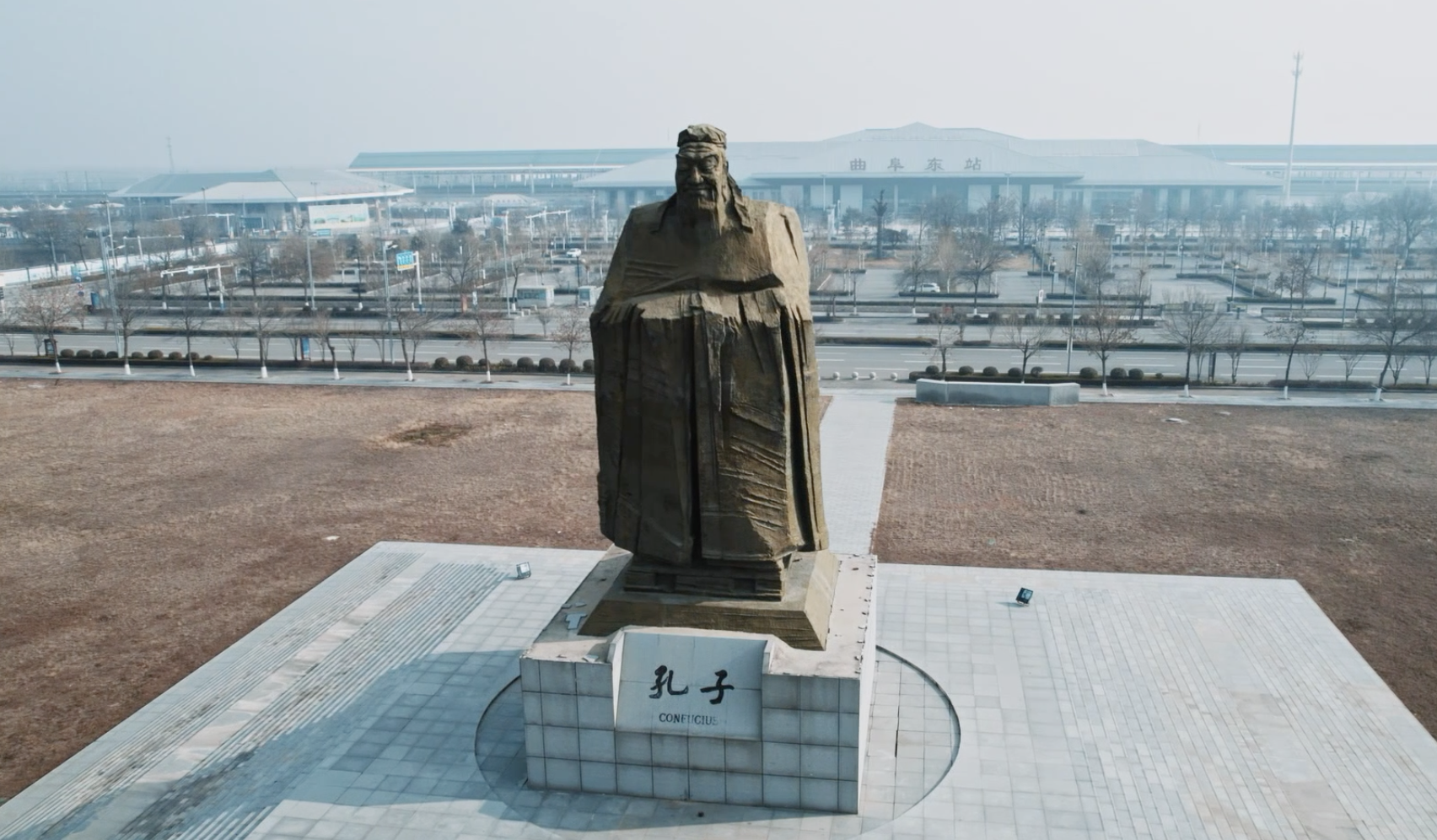
A statue of Confucius by Wu Weishan /CGTN
A statue of Confucius by Wu Weishan /CGTN
Starting with the more familiar figures, Wu soon found a way of approaching the project. He sculpted the late writer Lu Xun, painter Qi Baishi, ink wash painter Huang Binhong, and artist Gao Ershi, to name but a few. In 1994, he began working on a statue of the philosopher Confucius. Grotto sculptures from ancient China inspired Wu to adopt an "old approach," which departs from anatomical accuracy and stresses the relative proportions and depiction of the inner spirit. Over the next two decades, Wu produced dozens of Confucius statues for display at major cultural and educational institutions around the world.
The year 2003 marked a vital juncture in Wu's career as an artist. Anthony Stones, President of the Royal Society of Portrait Sculptors in the UK, paid a visit to China and met Wu at a cultural exchange event. Wu invited the British sculptor to view his work titled "Sleeping Child." Fascinated by the tiny bust, Stones later took it back to his royal society, where it pocketed the Pangolin Prize. Wu was the first Asian recipient of the esteemed award.

Wu Weishan's sculpture "Sleeping Child" /CGTN
Wu Weishan's sculpture "Sleeping Child" /CGTN
For Wu, this international award was a recognition of his accomplishments in art theory. After years of studying and exploring traditional approaches, Wu came to construct a fresh theoretical system of artistic creation that would have a far-reaching influence. He called the system "freehand sculpture." "It requires the author to capture the subject's spirit and represent its essence. This method requires a sharp sense of purpose. It's grounded in Chinese philosophy and it stresses the harmony of nature and humanity," Wu explained.
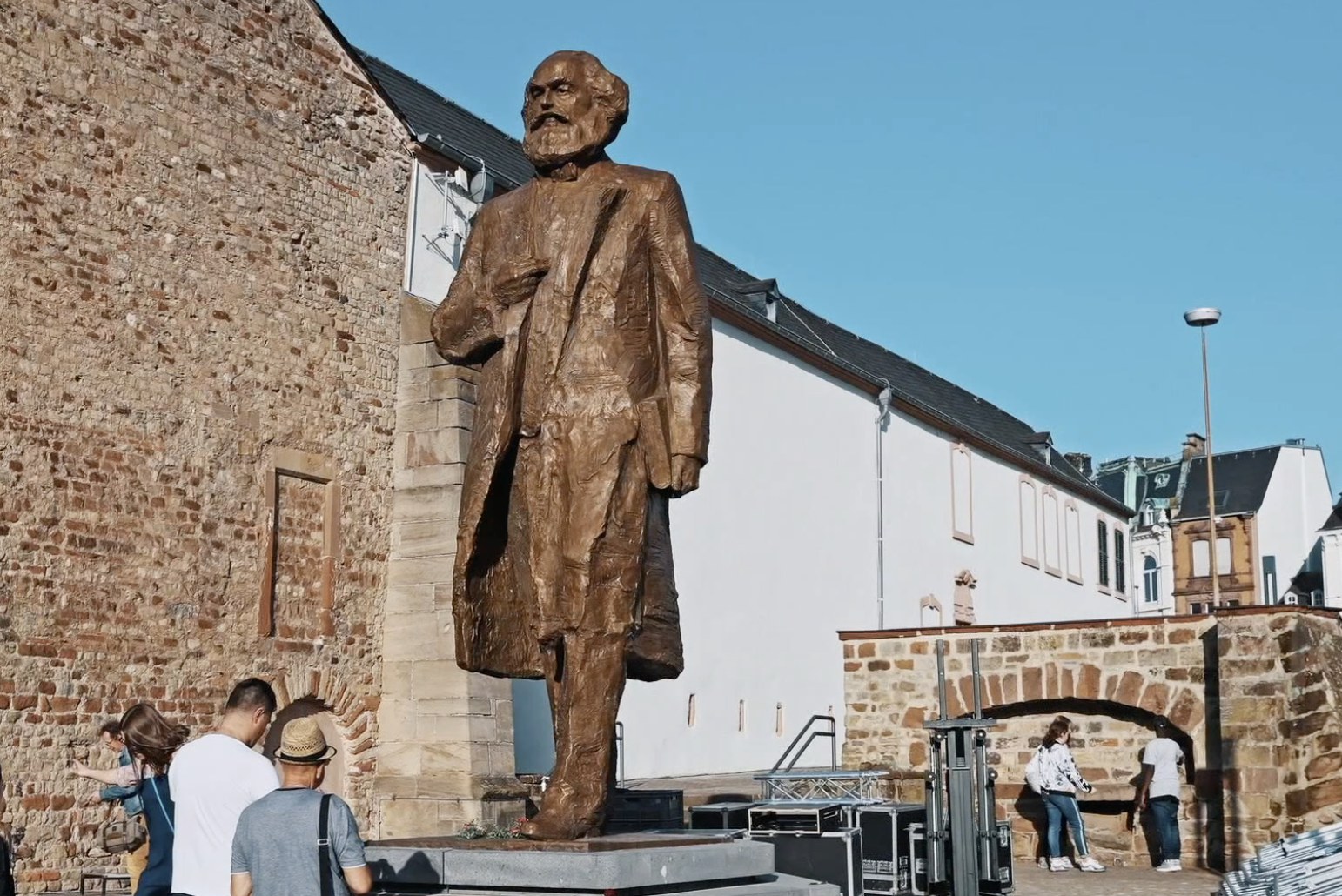
Statue of Karl Marx by sculptor Wu Weishan /CGTN
Statue of Karl Marx by sculptor Wu Weishan /CGTN
Since 2012, Wu's sculptures have been showcased around the world. In September of that year, Wu's works were exhibited at the United Nations Headquarters in Manhattan, New York City. Ban Ki-moon, the UN's eighth secretary-general, praised Wu's sculptural works as embodying the soul of a nation as well as the soul of all humanity.
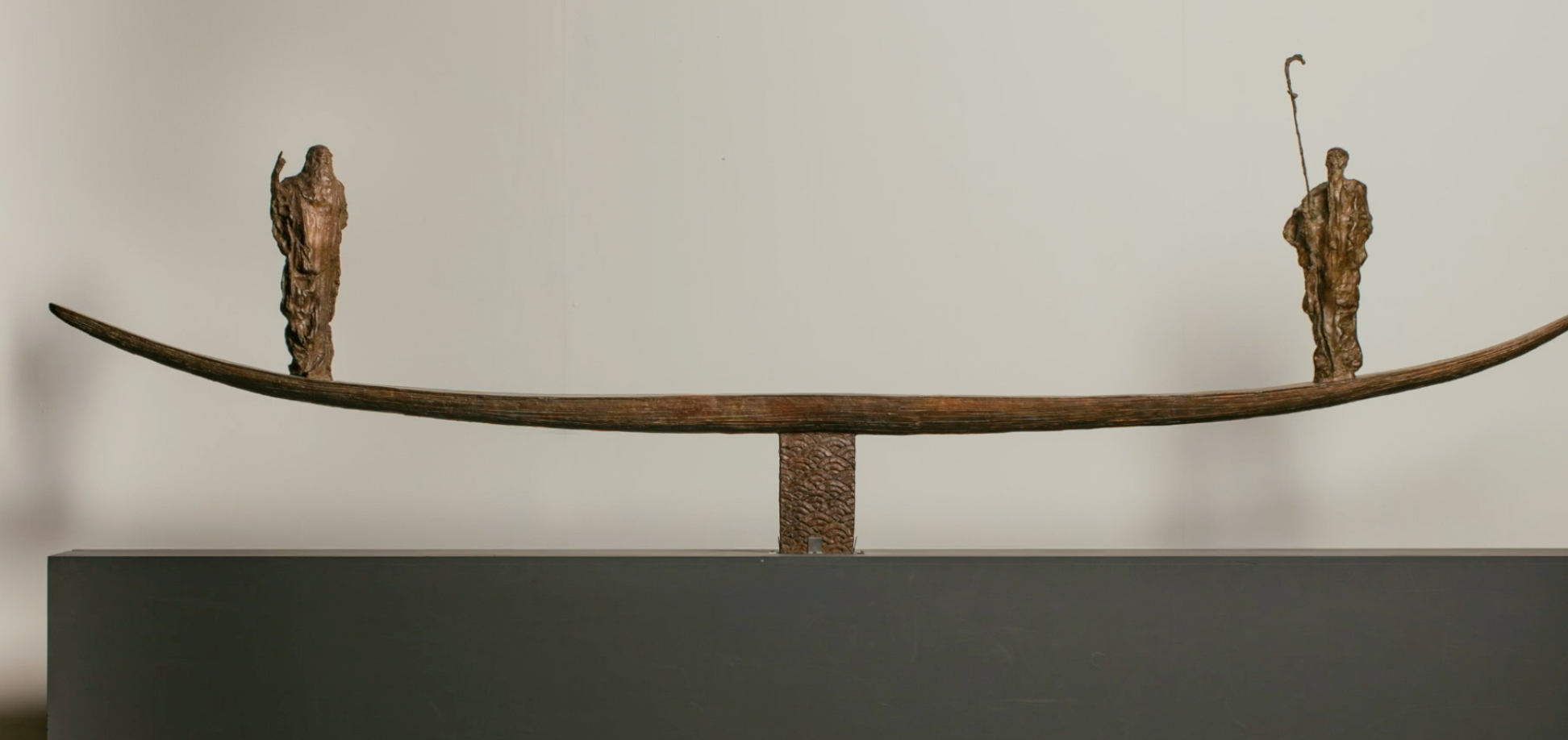
Wu Weishan's work "A Dialogue Across Space and Time" between Italian artist Leonardo da Vinci and Chinese painter Qi Baishi /CGTN
Wu Weishan's work "A Dialogue Across Space and Time" between Italian artist Leonardo da Vinci and Chinese painter Qi Baishi /CGTN
That same year, the same exhibition opened at the Palazzo Venezia in Rome. In 2020, following the 500th anniversary of Da Vinci's death, Wu's work "A Dialogue Across Space and Time" found a new home in the Italian city of Vinci. Wu's works have since settled in various countries including Greece, Germany, Ukraine, South Korea, Japan and Singapore.
To date, Wu has completed more than 600 sculptural works, scores of theoretical treatises, over a thousand public exhibitions and academic lectures, and countless works of calligraphy and paintings. With his tireless exploration of Eastern and Western culture, he is composing a legend of his own as a contemporary artist with a strong vision of both the new era and the world in general.